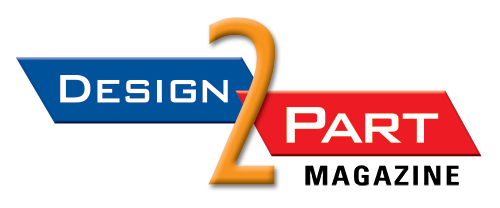The market is projected to grow at a compound annual growth rate of approximately 4.5 percent during the forecast period of 2025 to 2030.
DUBLIN—The global plasma cutting machine market, valued at US$738.26 million in 2024, is expected to reach US$958.34 million by 2030, according to a new report from Research and Markets (www.ResearchAndMarkets.com). In a release outlining its report, Research and Markets attributed the market’s expected growth trajectory to several key factors.
One is that the increasing focus on renewable energy infrastructure, including wind turbines and solar panels, requires precision metal cutting, seen as likely to bolster demand for plasma cutting. Moreover, the rising emphasis on sustainable manufacturing practices has encouraged the adoption of energy-efficient and low-emission cutting technologies, positioning plasma cutting as an eco-friendly alternative, the company stated in the release.
Also, emerging economies in Asia-Pacific, Latin America, and Africa are witnessing rapid industrialization and infrastructure development, creating substantial opportunities for plasma cutting equipment manufacturers. In addition, ongoing research and development efforts aimed at enhancing plasma cutting technology and reducing operational costs are anticipated to expand its application scope, driving the market’s growth in the years to come. The market is expected to grow at a compound annual growth rate (CAGR) of approximately 4.5 percent during the forecast period of 2025-2030, the release stated.
The report provides insight into the plasma cutting machine market in regions categorized as Asia-Pacific, Europe, North America, and Rest of the World. According to Research and Markets, Asia-Pacific has emerged as the dominant player in the global plasma cutting machine market, holding the highest market share due to its robust industrial base and rapid economic growth. The region is home to some of the world’s largest manufacturing hubs, particularly in countries like China, India, Japan, and South Korea.
“The booming automotive, construction, and heavy machinery industries in these countries have created a substantial demand for advanced metal cutting technologies, including plasma cutting,” the release stated.
The availability of low-cost labor and raw materials in the Asia-Pacific region has attracted significant investments from global manufacturers, leading to the establishment of new production facilities and industrial zones. These developments are reported to have further bolstered the demand for plasma cutting machines. The region’s leadership in the global market is also driven by the widespread adoption of modern manufacturing techniques, such as CNC plasma cutting, to enhance production efficiency and meet the rising demand for high-quality metal components, according to Research and Markets.
As Europe’s industrial powerhouse, Germany is said to have played a pivotal role in the growth of the plasma cutting machine market in the region. Known for its advanced manufacturing sector, Germany has a strong demand for plasma cutting technology in industries such as automotive, machinery, and engineering. The country’s leadership in Industry 4.0 has further propelled the adoption of automated and CNC-controlled plasma cutting systems, which align with the requirements of smart factories.
Additionally, Germany’s emphasis on renewable energy development, particularly in wind turbine manufacturing, has boosted the demand for plasma cutting machines for producing high-precision metal components, the release said.
The United States, as the largest market in North America, has been a major contributor to the growth of the plasma cutting machine market.
“The country’s strong industrial base, encompassing automotive manufacturing, aerospace production, and heavy machinery, drives consistent demand for precision metal-cutting technologies,” the release stated. “Additionally, the U.S. construction industry, which has seen significant investments in infrastructure development and urbanization, relies heavily on plasma cutting systems for structural metal fabrication. Moreover, the U.S. is a leader in renewable energy development, particularly wind energy, where plasma cutting technology plays a crucial role in producing turbine components.”
According to Research and Markets, the global plasma cutting machine market is projected to grow at a fast pace during the forecast period, due to the integration of artificial intelligence (AI) and machine learning (ML), technological advancements, the shift toward energy efficiency and sustainability, and the increasing popularity of handheld plasma cutters. The integration of AI and ML into plasma cutting machines is poised to significantly drive the growth of the global plasma cutting machine market in the coming years, the company said in the release.
These advanced technologies enable cutting machines to optimize performance by analyzing large data sets, identifying patterns, and making real-time adjustments. For example, AI-powered plasma cutting systems can automatically calibrate cutting parameters, such as speed, pressure, and arc intensity, to achieve higher precision and reduce material wastage. Machine learning algorithms can also predict maintenance needs by monitoring machine performance, minimizing downtime, and increasing overall productivity, the company said.
